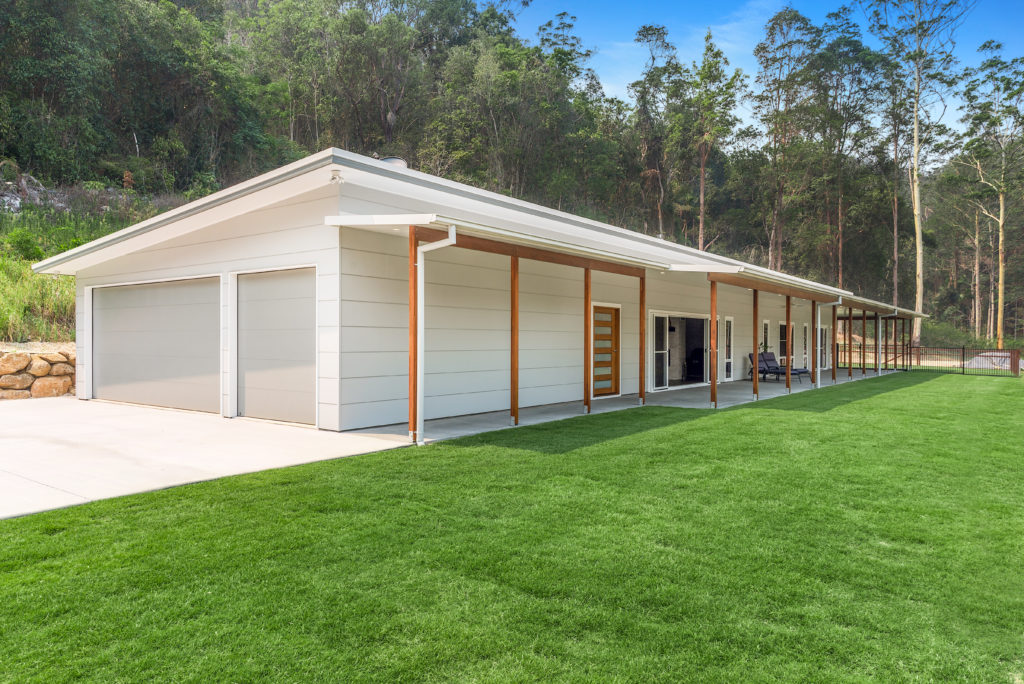Adding a secondary dwelling to your property can increase its value by up to 30%! Plus, you have the potential to earn extra income through renting it out and you’ll have extra space for family and friends to stay over.
However, while building a granny flat is an exciting adventure, it can also be full of stress, especially if you avoid doing the right planning. Let’s take a look at the important things you need to consider, so you can navigate the process to the best possible outcome.
Council Approval
Different councils in Australia have varying rules relating to residents building on their land. Before building your granny flat, check with your local council to see if you need any permissions or may face restrictions. At the building and planning department, you can fill out a Development Application form which will be approved or rejected.
Size Restrictions
Councils often require land to be a minimum size, before they will grant permission for development. Again, this will vary, depending on your local state or territory regulations. For example, granny flats in Queensland can only be up to 80 square metres and granny flats in western Australia are limited to 70 square metres.
Take Time Planning
Once you have approval for your granny flat, it’s important to take time in the planning stage. Try to avoid rushing ahead and building something quickly as this might mean something gets missed. If you can, ask an architect to help design your granny flat and get sketches down on paper. Consider these important points:
- Where will you build your granny flat? How will this affect your outdoor space?
- How your granny flat is designed will greatly affect the amount of space it has. Smart design like under seat storage is one way to go.
- The purpose of the granny flat will affect its design. An elderly relative might need a slope instead of steps and just one floor. But, if you plan to rent it out, building an extra storey could be viable.
- What you have to spend will influence the size of your granny flat and the type of fixtures and fitting you use.
- Will you be building an eco-friendly flat? If so, this needs to be considered during planning, as things like insulation, windows and more will be affected.
Choose the Right Construction Team
It’s important to find the right residential construction team who have experience building granny flats and secondary dwellings. Experienced builders can guide you from concept to completion and will deliver the highest quality work.
Be Open to Recommendations
While you may have a vision in your mind about what you want your granny flat to look like, it’s important to be open to new ideas. A good builder will be able to advise on the best way to do something, that might even save you money.

